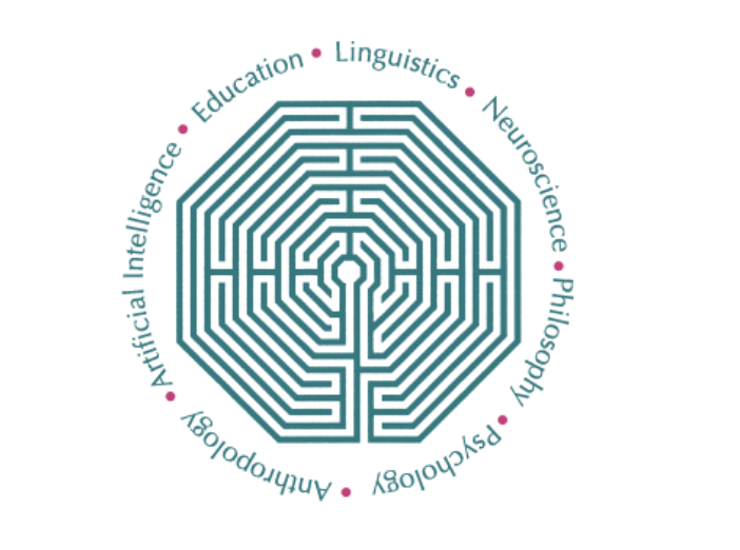
Freudenthal, D., Pine, J. & Bannard, C., (2023). Simulating children’s verb inflection errors in English using an LSTM language model. Proceedings of the 45th Annual Conference of the Cognitive Science Society (pp. 2602-2608).
In this chapter we present a computational (LSTM) model that learns to produce English (3sg and -bare) verb inflection when trained on English child-directed speech (CDS). The model is trained on input containing morphemized verbs and learns to predict the next token (word/morpheme) given a preceding sequence of tokens. The model produces the type of error (-bare for -3s) made by English-learning children while avoiding errors that children do not often make (-3s for -bare). The model also shows the same type of sensitivity to input statistics that has been reported in English-learning children. Finally, we manipulated the length of the sequences the model is trained on and show that this results in the delayed acquisition of -3sg forms that is characteristic of English-learning children with Developmental Language Disorder (DLD). Taken together these results suggest that input-driven learning is a major determinant of the patterns observed in both typical and impaired acquisition of English verb inflection.

